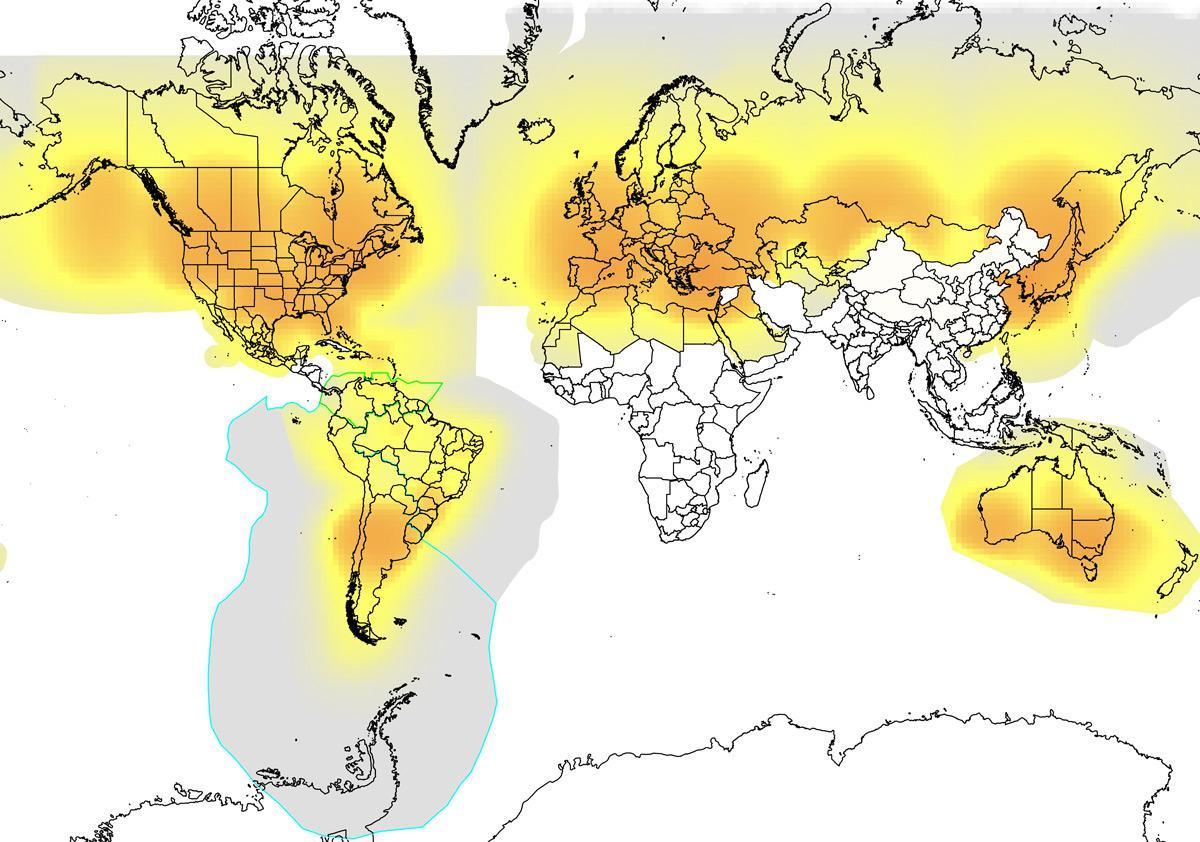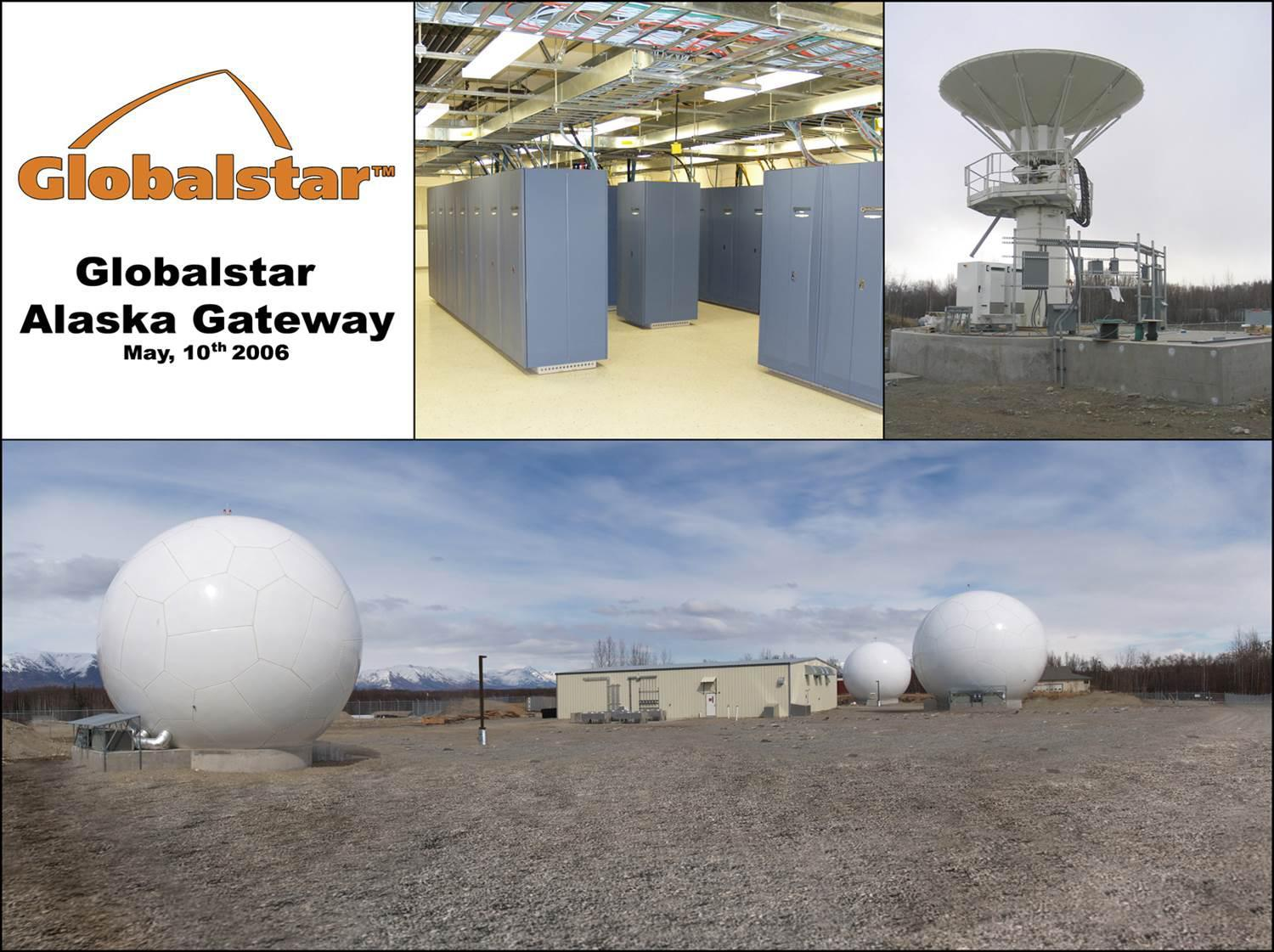On February 6th, 2013, Globalstar successfully completed launching its constellation of second generation satellites. The first two satellites from this recent launch were raised and placed into service in early March. Globalstar expects to place the final second-generation satellites into commercial service over the next few months as planned. Customers will continue to see improvements in network performance over the coming months as these remaining satellites are placed into service.

These new satellites are designed to last for 15 years, twice the lifespan of Globalstar's first-generation satellites. The Globalstar second-generation satellite constellation will support the Company's current lineup of voice, duplex and simplex data products and services, including its SPOT-branded consumer products which have initiated over 2,200 rescues in over 70 countries and at sea since the initial introduction in 2007. Globalstar has always been known for its crystal clear, "land-line quality" voice service, ease of use and customer value, and Globalstar will continue to provide these end-user benefit.
Second-Generation Satellite ConstellationThe Globalstar second-generation constellation will consist of 32 Low Earth Orbiting (LEO) satellites.
The Globalstar satellite is simple; Each consists of a communications system of both S and L-band antennas, a trapezoidal body, two solar arrays and each satellite operates at an altitude of 1,414km (approximately 876 miles). The second-generation satellites are manufactured by Thales Alenia Space.
The satellites utilize "bent-pipe" architecture. On any given call, several satellites transmit a caller's signal via CDMA technology to a satellite dish at the appropriate gateway where the call is then routed locally through the terrestrial telecommunications system.
The system's software resides on the ground, not on the satellites, which means fast and easier system maintenance and upgrades. The Satellite Operations Control Center (SOCC) manages the Globalstar satellite constellation.
How Globalstar WorksGlobalstar phones look and act like mobile or fixed phones with which you're familiar. The difference is that they can operate virtually anywhere, carrying your call / data over an exceptionally clear, secure Code Division Multiple Access (CDMA) satellite signal.
Like "bent-pipes", or mirrors in the sky, the Globalstar constellation of Low Earth Orbiting (LEO) satellites picks up signals from over 80% of the Earth's surface, everywhere outside the extreme polar regions and some mid-ocean regions. Once the second-generation constellation is fully deployed and operational, several satellites can pick up a call, and this "path diversity" helps assure that the call is not dropped even if a phone moves out of sight of one of the satellites.
As soon as a second satellite picks up the signal and is able to contact the same terrestrial gateway, it begins to simultaneously transmit. If buildings or terrain block your phone signal, this "soft-handoff" prevents call interruption. The second satellite now maintains transmission of the original signal to the terrestrial "gateway".
Additional advantages of using Low Earth Orbiting (LEO) satellites within the Globalstar system include no perceptible voice delay (latency) and lighter / smaller all-in-one phones.
Gateways process calls, then distribute them to existing fixed and cellular local telephone networks or the Internet. Terrestrial gateways are an important part of Globalstar's strategy to keep key technology and equipment easily accessible and to integrate our services as closely as possible with existing local telephony networks. This helps makes the Globalstar system and its services easier to manage, expand and improve.
Globalstar CoverageMap indicates coverage for voice and dial-up data calls only. Direct Internet calls (Dialing #777 send) can be made from all regions except China and the following Central American countries: Belize, Costa Rica, El Salvador, Guatemala, Honduras, Nicaragua, Panama and the surrounding coastal waters of these countries.

Actual coverage may vary because of gateway deployment, local licensing and other factors. Globalstar service is a satellite radio technology subject to transmission limitations caused by type of terrain, service area limits, customer equipment use and other variable conditions including the functionality and orbital locations of the satellites themselves. Contact Customer Care to obtain details on roaming and service availability prior to travelling.
Network Gateway






































































